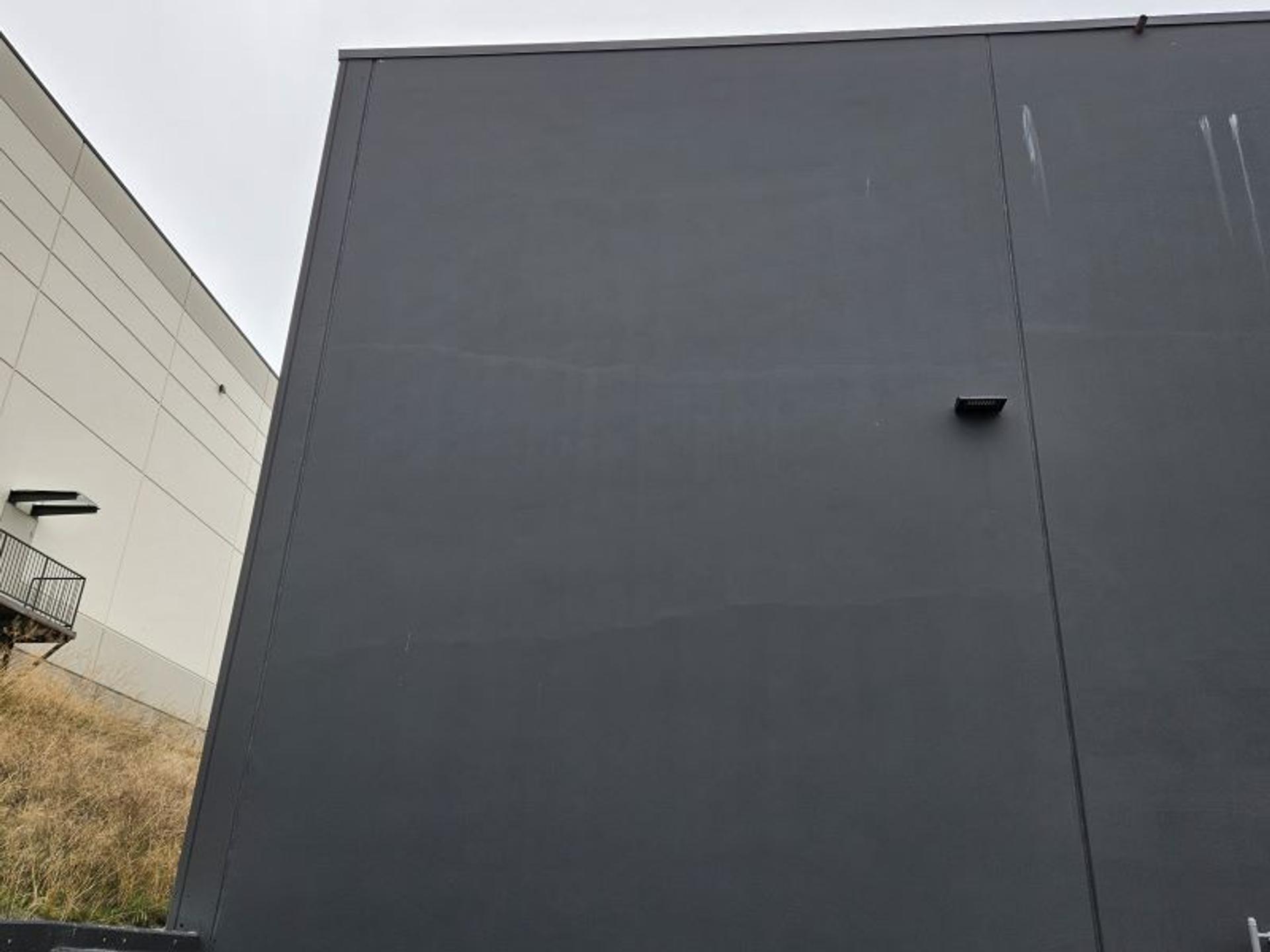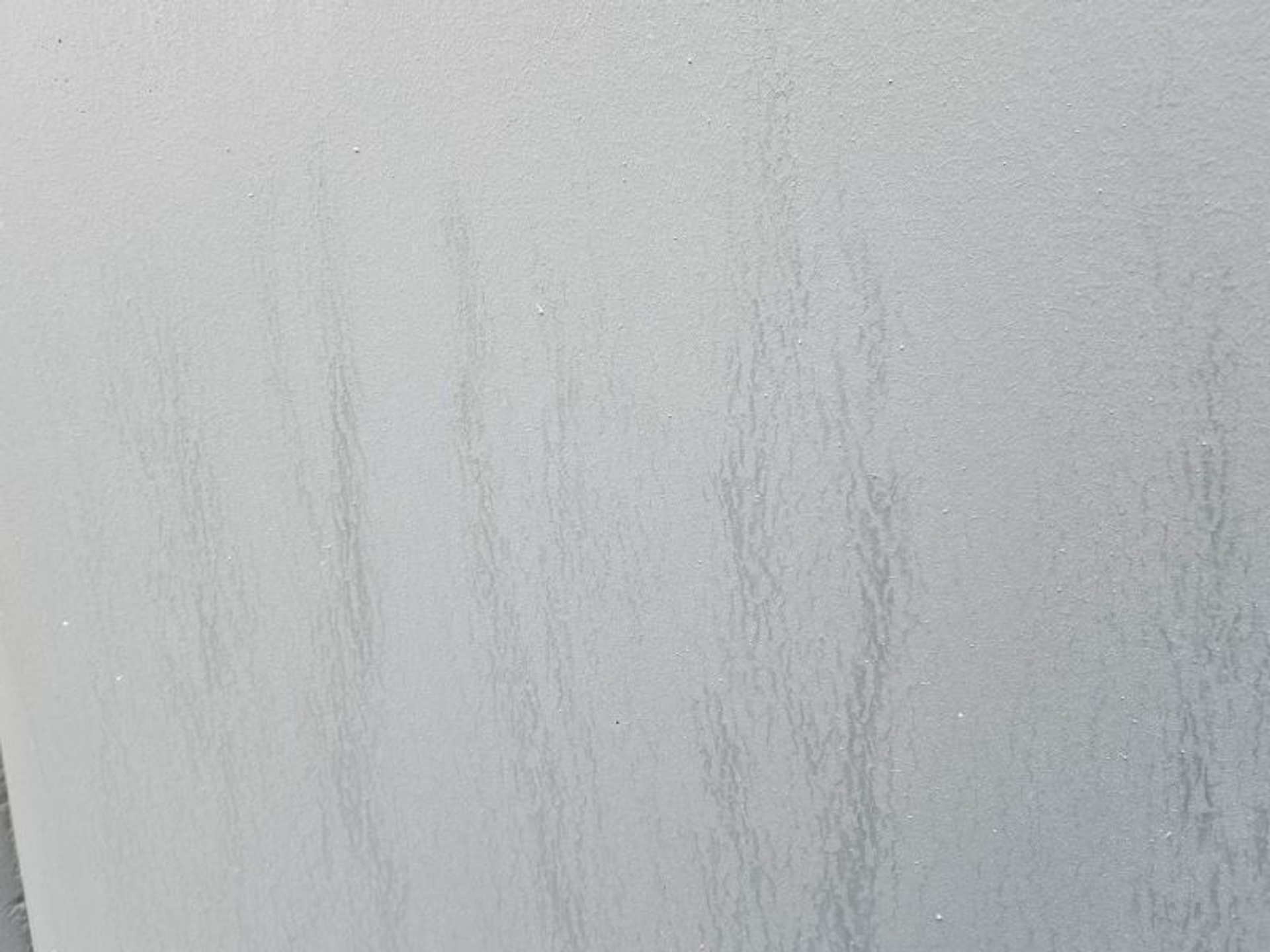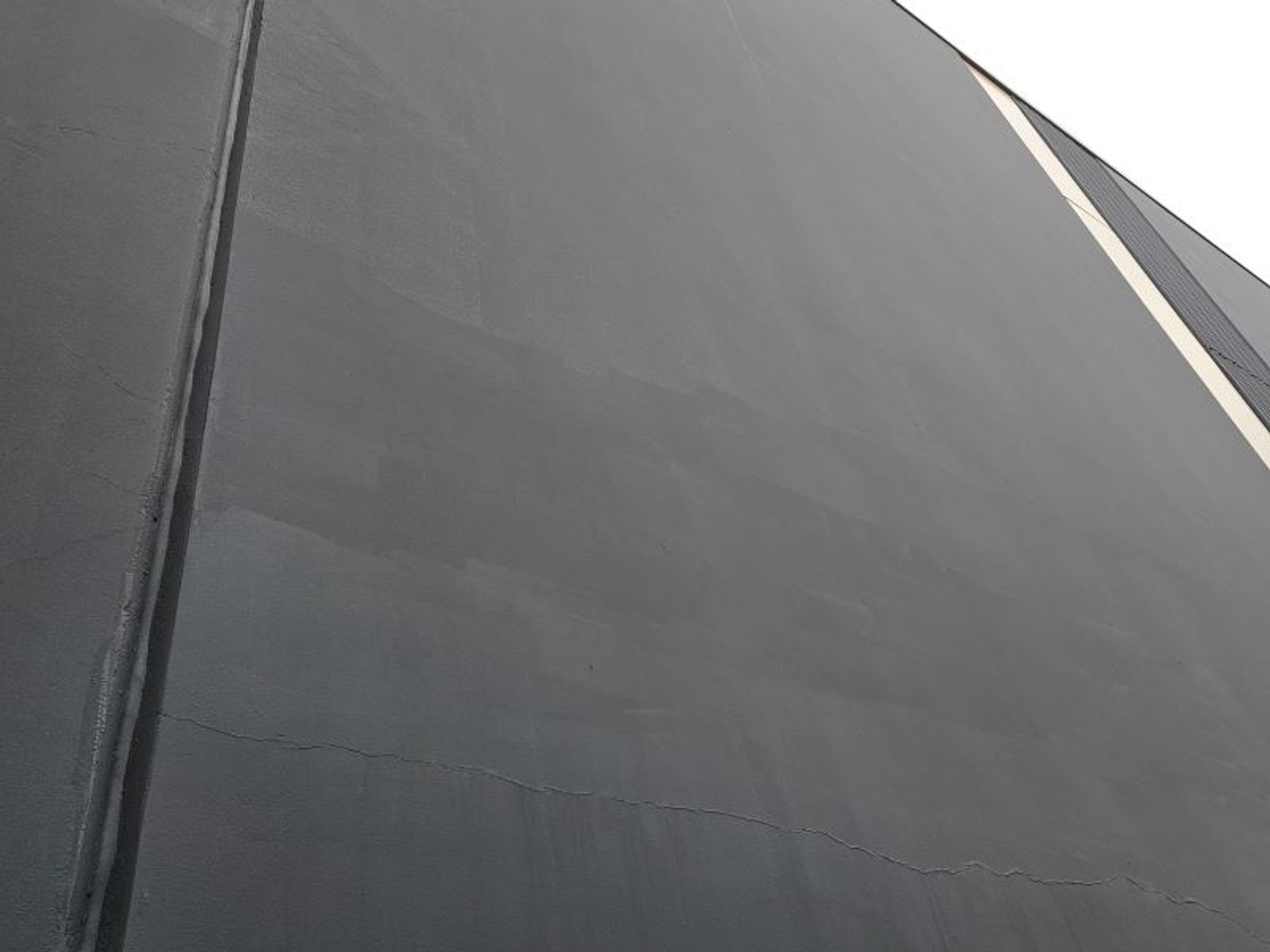Pro’s and Con’s of Flat Paints
December 20, 2024 at 7:10 PM
One of the most common questions we get as Coatings Consultants is “What is the best brand of paint?” The answer to that is nuanced, and inevitably followed by a question in return… “What kind of project are you doing?”
All major paint manufacturers make a variety of paints for various applications. Within those product spectrums, there are good paints, and cheaper paints. What the best product is depends on what you’re doing with it, and what your expectations are.
In our role as Coatings Consultants, we mostly work in the exterior repaint market, consulting and inspecting on exterior repainting and restoration projects in the stratified residential and commercial spaces. What we commonly find is that painting contractors that work exclusively for builders and developers rely heavily on cost effective paints (some better, some worse), but they almost exclusively use flat sheen paint.
Flat paints have from 0 to 2 degrees of “sheen”. In the most simplified description, this is measured by shining a light on the dried paint film at a 60 degree angle, and measuring the angle of reflection. This has a couple of advantages for new construction. The first advantage is that flat paints hide imperfections. Light is absorbed rather than reflected. The other advantage is that flat paints inherently have better coverage, meaning that the painting contractor could, in theory, cover some areas in 1 coat rather than 2.
The drawback of using flat paint is that is is far less durable than higher sheen paints. When viewed under a microscope, flat sheen paints have significant peaks and valleys. Dust and dirt will settle in the valleys and gets trapped there. A light rinse (such as wind driven rain) will wash off the excess dirt, but will not remove embedded dirt and dust that is well settled. In addition, the “peaks” of the texture in the paint film will wear quickly which thins the overall thickness of the coating, and cause scuff marks which build up over time, shortening the life of the coating.

Another risk of flat paints will reveal itself more significantly with darker colours, and that is the appearance of phenomenon's such as surfactant bleeding and “lap” marks. When paints are introduced to moisture before they are fully cured, surfactants will leach out of the coating and settle on the top of the paint film. This will look like drips or runs in the paint film, and leave a soapy, oily residue visible. Over time, this will weather and wash away, but this takes time. The more precipitation an area gets, the faster it will wash away. This can happen with cheaper paints in higher sheens as well, but is far less common.


If the pro’s outweigh the con’s, and you are set on using a flat paint, look for a higher quality product. Usually, in this regard, you get what you pay for. More expensive products will have additives such as ceramic that will improve durability, or other improvements that will resist surfactant leaching and allow for more effective blending of touch ups. Remember though, the darker the colour, the more potential for these risk factors coming back to bite you.
When in doubt, consider the advantages of engaging the services of a Coatings Consultant. We can support you in your decision making process and go over any additional situation specific variables that should be considered, and inspect the application process to ensure that you are getting the most bang for your buck.
